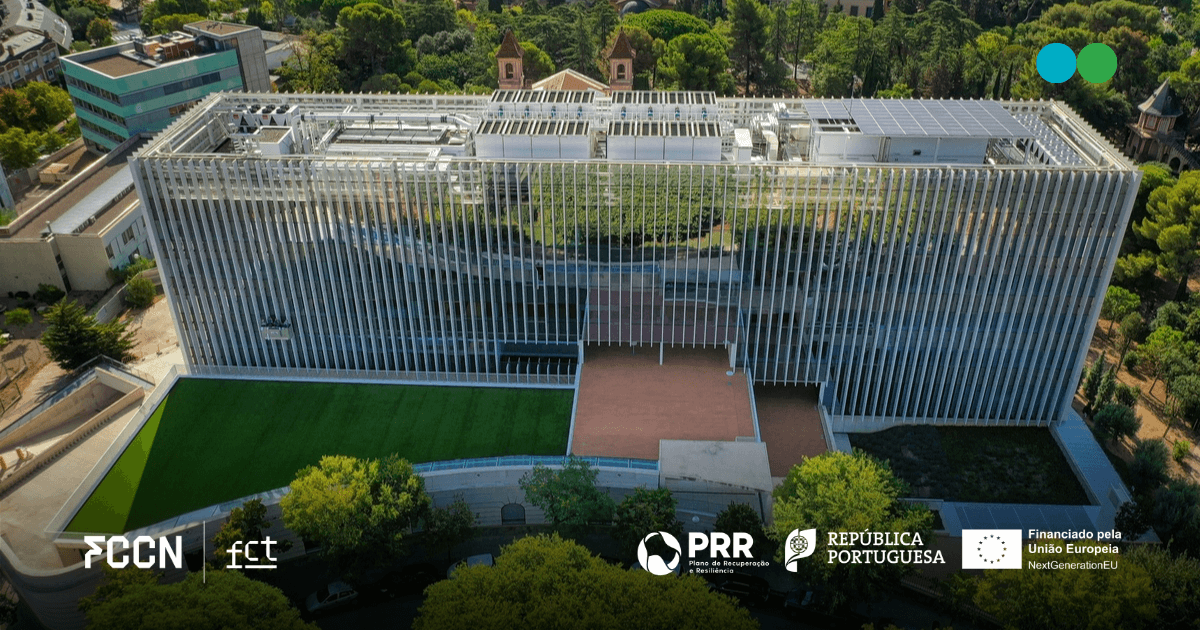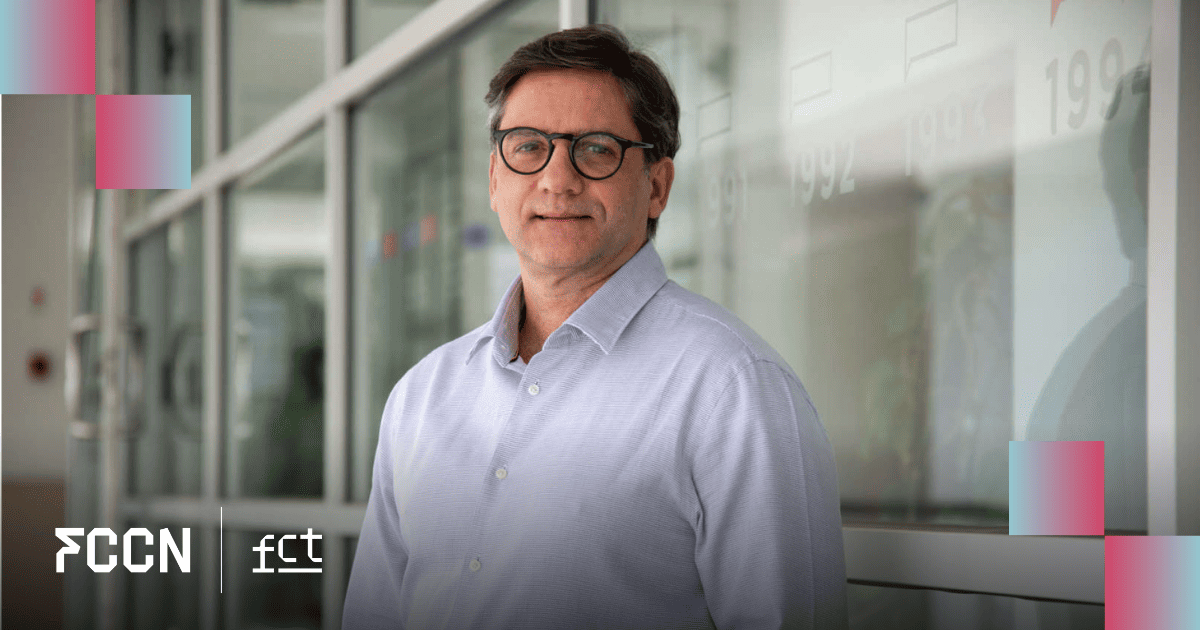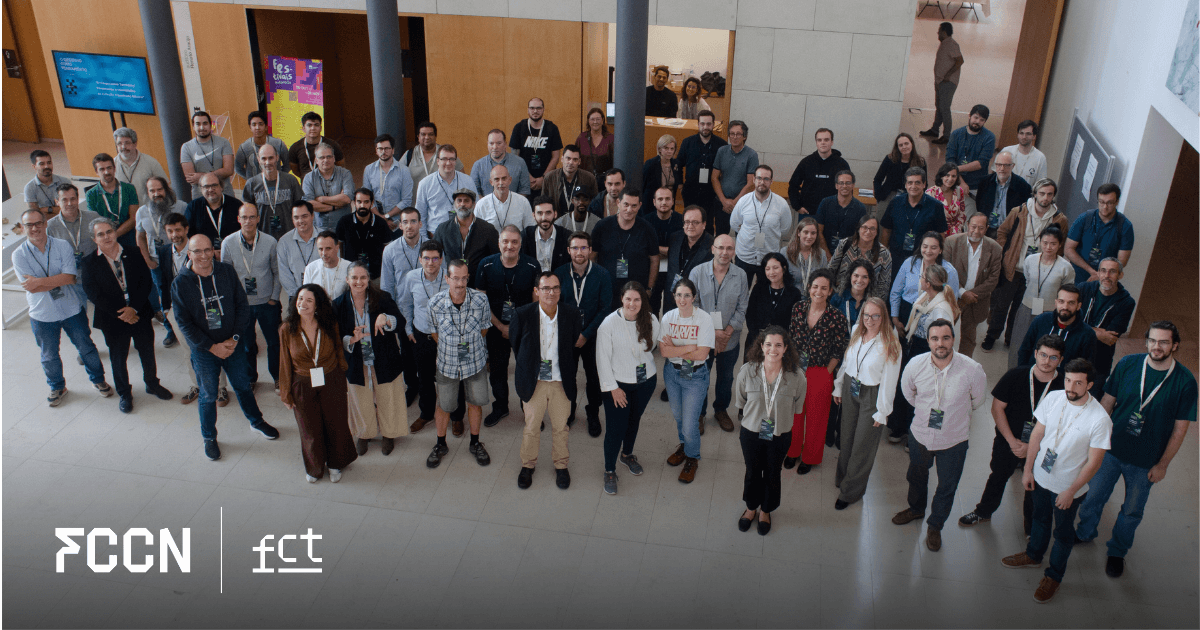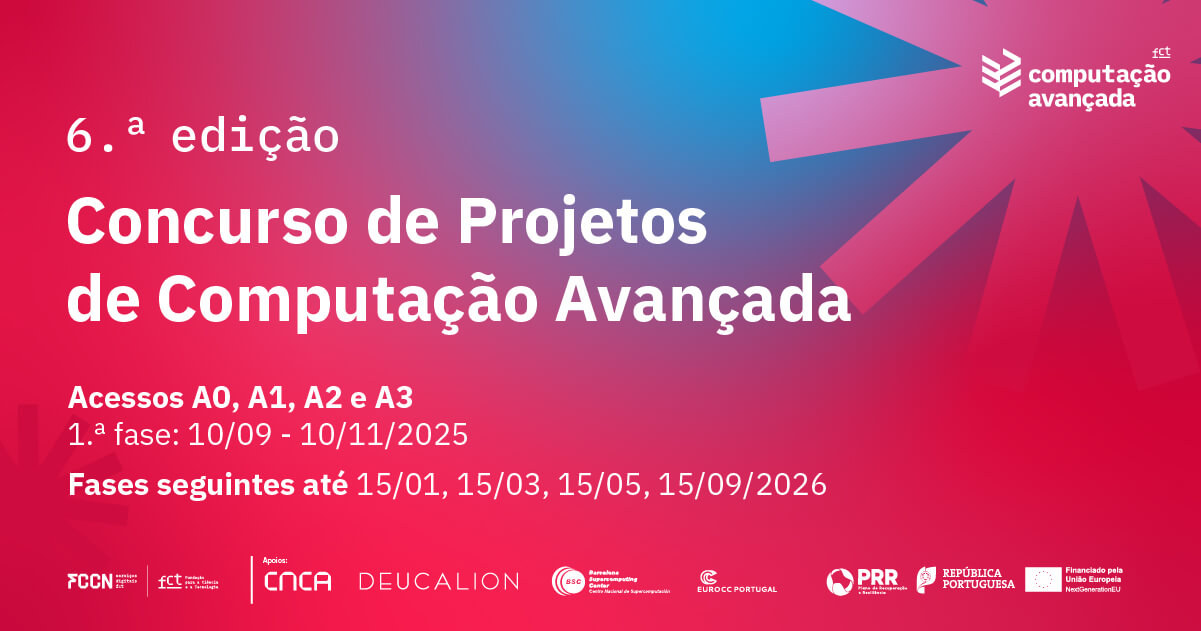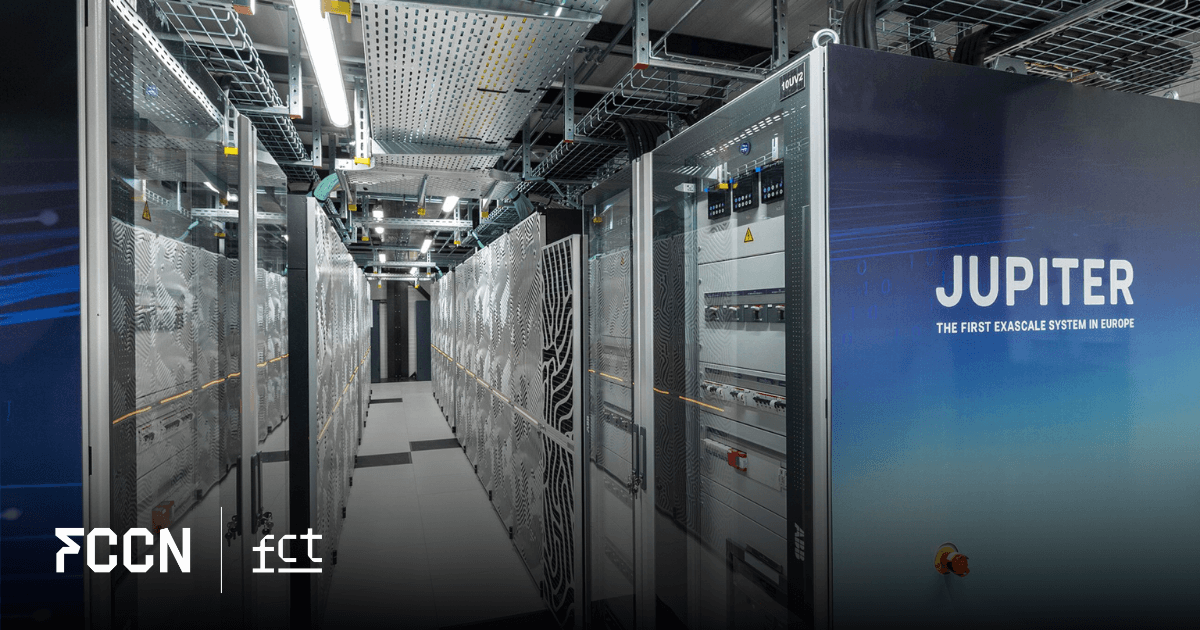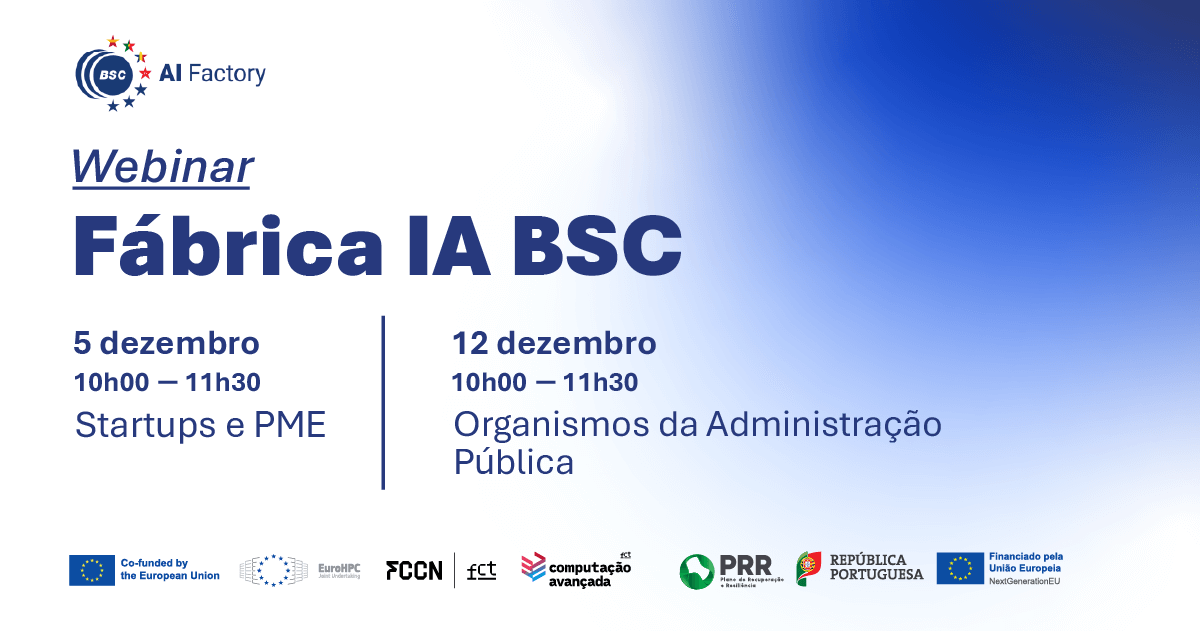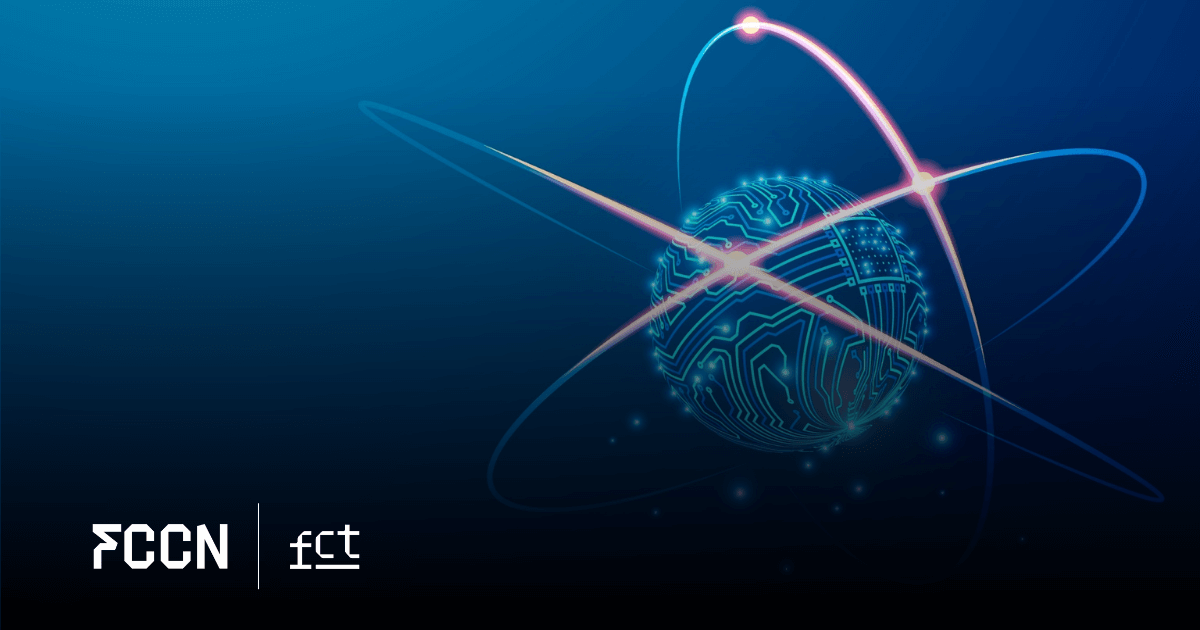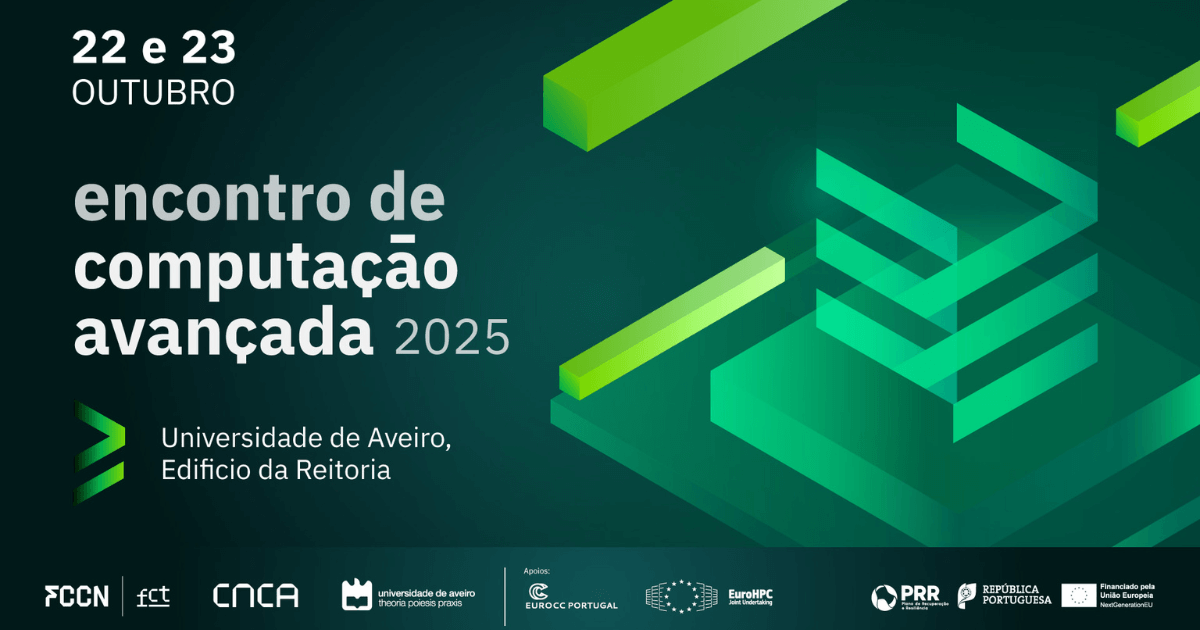The inauguration of MareNostrum 5 represents a significant step towards the next frontier of supercomputing, exascale, reinforcing Europe's role at the forefront of global technological innovation.
Opening event on December 21st
The next day December 21st, Barcelona will become the epicenter of technological innovation with the inauguration of the Supercomputer MareNostrum 5 (MN5), a powerhouse that will drive advanced computing across Europe and also serve medical and climate research.
The MN5, funded in part by the EuroHPC, represents a significant milestone in scientific and technological advancement, positioning Europe as a global leader in supercomputing.
With a peak performance of 314 Pflops (314 million trillion calculations per second), the MN5 will replace its predecessor, MareNostrum 4, significantly increasing processing capacity and opening doors to new research possibilities. This supercomputer will be crucial for medical research, including drug discovery and vaccine development, virus propagation simulations, as well as artificial intelligence applications and big data processing.
It is a heterogeneous machine that combines distinct systems: a general-purpose partition dedicated to classical computing, a GPU (Graphics Processing) accelerated partition designed to expand the frontiers of knowledge in artificial intelligence, and other partitions with innovative technology with and without acceleration.
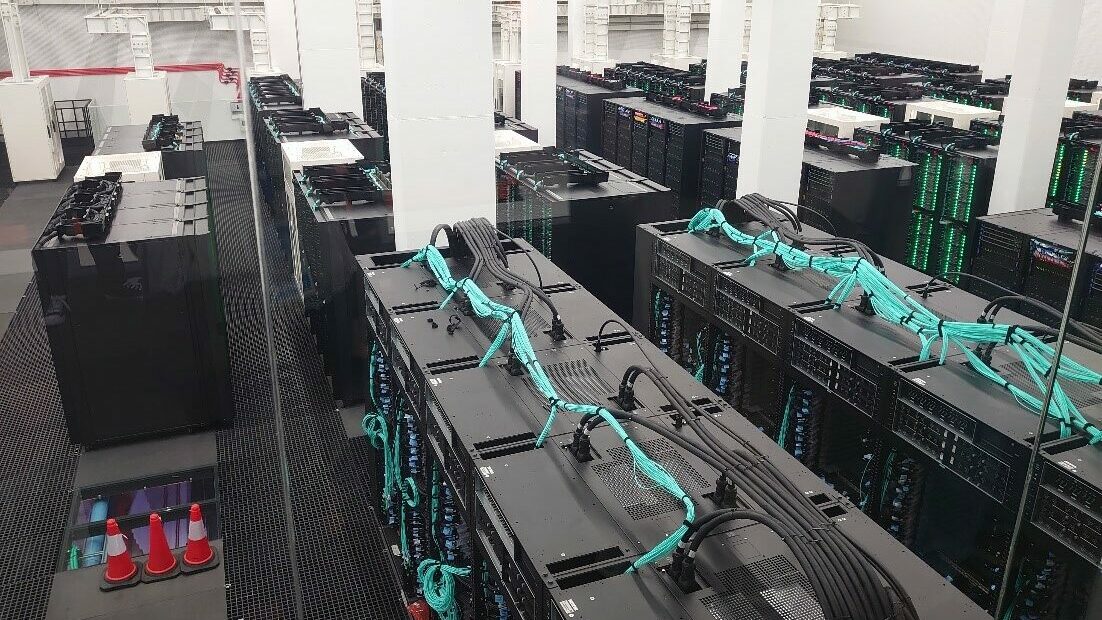
MareNostrum 5 is synonymous with collaboration between several countries
The Spanish Ministry of Science and Innovation, the Government of Catalonia and the Universitat Politècnica de Catalunya (UPC) are jointly co-financing 50% of this supercomputer with Portugal and TürkiyeThe remaining 50% are co-funded by the EuroHPC initiative, with MN5 having a total budget of €223 million. This partnership marks a joint effort to boost European science and innovation.
MareNostrum 5 is housed in a new building next to the Torre Girona Chapel at the Barcelona Supercomputing Centre (BSC). It was specifically designed to meet the needs of this next-generation supercomputer. With 90 racks, the machine will be highly energy-efficient, powered entirely by green energy, and will employ heat reuse technology. highlighting the commitment to sustainability.

Half of MN5's computing resources will be allocated to researchers' projects through regular EuroHPC competitions, open to all eligible European users.
National research can also take advantage of this resource, through opportunities such as 4th Advanced Computing Project Competition. Approximately 5% of MN5's capacity will be available for allocation to Portuguese beneficiaries.
This approach aims to strengthen collaboration and convergence of Iberian and European resources, driving innovation and enabling the scientific community and European companies to access some of the world's best Big Data processing and supercomputing capabilities.
With MareNostrum 5 and other features like Deucalion, EuroHPC consolidates Europe as a leader in supercomputing.

